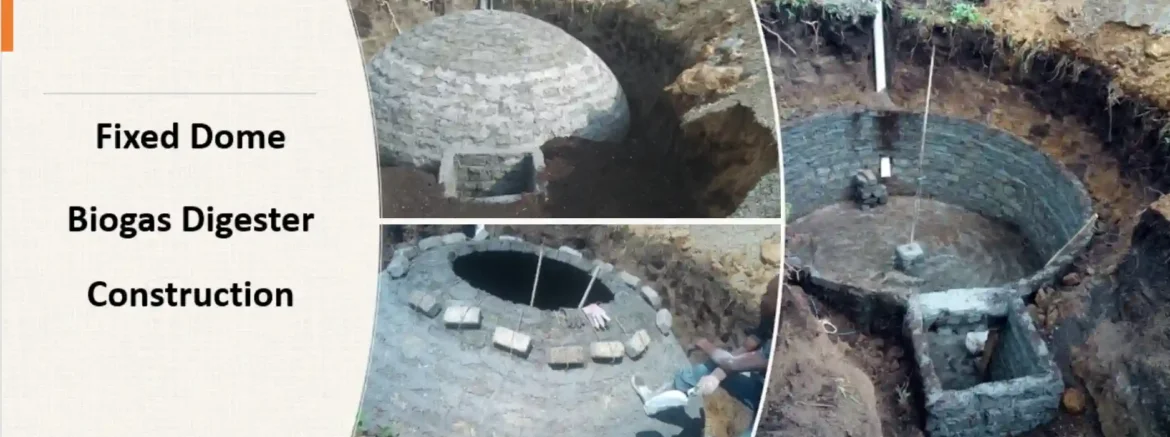Introduction:
In the search for sustainable energy solutions, biogas has emerged as a promising source. Biogas units, or biogas digesters, are key components in the conversion of organic waste into renewable energy. This blog post aims to shed light on the inner workings of biogas units, highlighting their importance and potential benefits for the environment and society as a whole.
- The Basics of Biogas:
Biogas is a renewable energy source produced through the breakdown of organic matter, such as agricultural waste, food scraps, and sewage. The primary components of biogas are methane (CH4) and carbon dioxide (CO2), with trace amounts of other gases like hydrogen sulfide. This mixture is produced in an oxygen-deprived environment, such as a biogas unit. - Biogas Unit Components:
A biogas unit typically consists of four key components:
a. Digester: The heart of the biogas unit, the digester provides an anaerobic environment for microorganisms to break down organic material and produce biogas.
b. Inlet System: This system allows the introduction of organic waste into the digester, ensuring a continuous supply of feedstock.
c. Gas Holder: The biogas produced in the digester is stored in a gas holder, ready for utilization or further processing.
d. Outlet System: The outlet system separates the digested material (known as digestate) from the biogas, allowing for efficient nutrient-rich fertilizer production. - The Anaerobic Digestion Process:
Within the digester, anaerobic bacteria thrive and break down the organic waste in a series of complex biochemical reactions. The four stages of anaerobic digestion are:
a. Hydrolysis: The organic material is broken down into simpler organic compounds like sugars, fats, and proteins.
b. Acidogenesis: Acid-producing bacteria convert the simpler compounds into volatile fatty acids (VFAs).
c. Acetogenesis: Acetogenic bacteria convert VFAs into acetic acid, hydrogen, and carbon dioxide.
d. Methanogenesis: Methanogenic bacteria convert acetic acid, hydrogen, and carbon dioxide into methane and carbon dioxide gas. - Biogas Utilization:
The biogas produced is a versatile energy source that can be utilized in various ways, including:
a. Power Generation: Biogas can be used in generators to produce electricity and heat for a range of applications.
b. Cooking Fuel: In rural areas with limited access to clean cooking fuel, biogas can replace traditional biomass or fossil fuels for cooking purposes.
c. Vehicle Fuel: Biogas can be upgraded to biomethane and used as a renewable fuel for transportation, reducing greenhouse gas emissions.
d. Combined Heat and Power (CHP) Systems: CHP systems utilize biogas to generate both electricity and heat, maximizing energy efficiency. - Environmental and Societal Benefits:
The adoption of biogas units offers several benefits, including:
a. Waste Management: Biogas units can help in the efficient management and disposal of organic waste, reducing pollution and odor issues.
b. Renewable Energy: Biogas is a renewable energy source, enabling a shift towards sustainable and low-carbon energy alternatives.
c. Reduced Emissions: Utilizing biogas reduces greenhouse gas emissions, as methane (a potent greenhouse gas) is captured and utilized rather than being released into the atmosphere.
d. Economic Opportunities: Biogas generation can create job opportunities, especially in rural areas, supporting the growth of local economies.
Conclusion:
Biogas units play a crucial role in the harnessing of renewable energy from organic waste. By understanding the inner workings of biogas units, we can appreciate their potential in addressing waste management challenges, reducing greenhouse gas emissions, and promoting sustainable development. Embracing biogas technology not only benefits the environment but also contributes to the creation of a more sustainable and resilient future.
